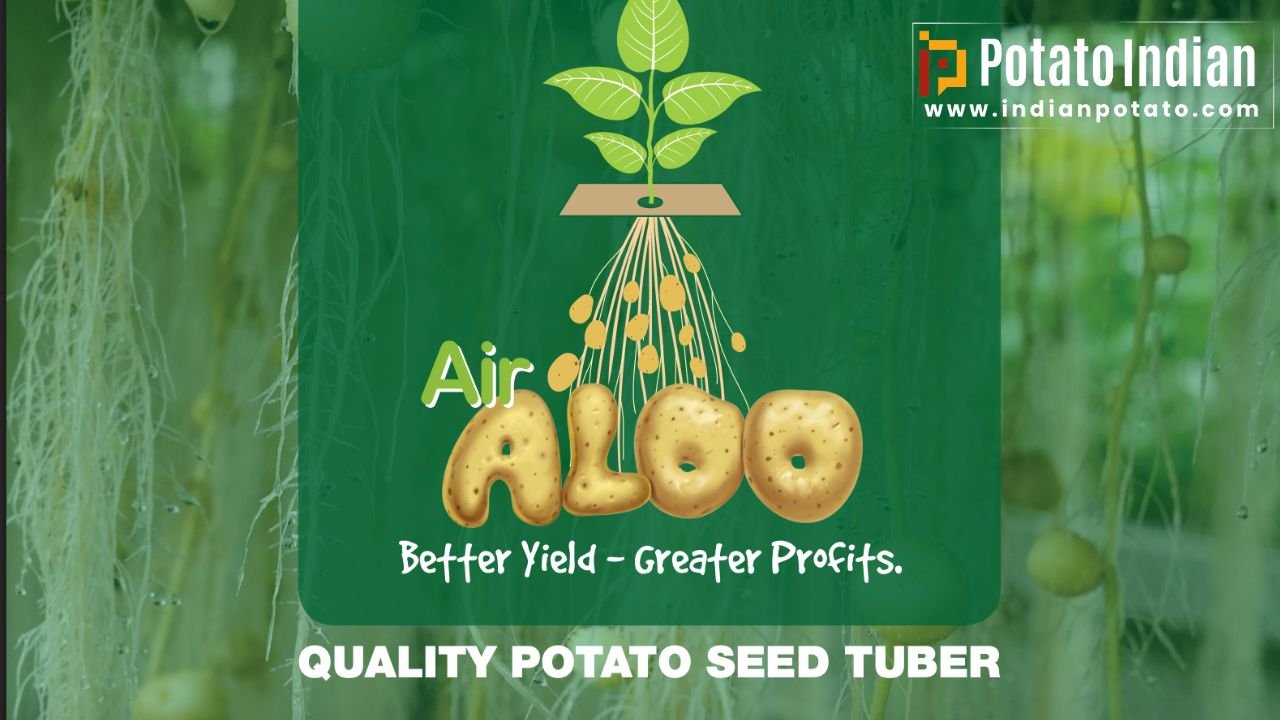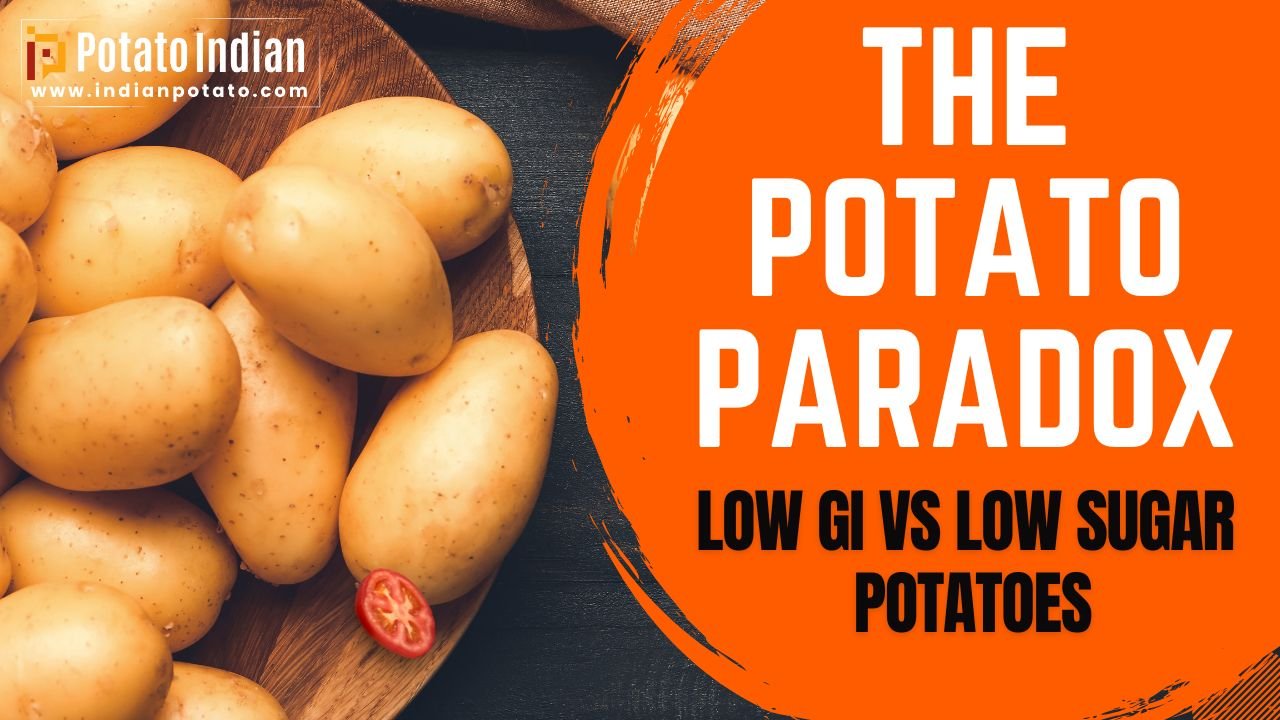Scientists at The James Hutton Institute, Scotland have made a significant breakthrough in understanding how potato tubers develop, potentially paving the way for growing potatoes in warmer climates and boosting global food security. Their research, conducted as part of a European consortium, has identified a key factor regulating the process known as potato tuber initiation.
The journey of a potato tuber begins when signals are sent from the plant’s leaves to underground stems called stolons. These signals trigger a crucial transition, stopping the stolons from extending and starting their development into tubers. The developing tuber then becomes a vital storage location for starch, which is produced from sugars made in the leaves through photosynthesis. These sugars are transported through specialised vessels called the phloem to the roots and tubers.




